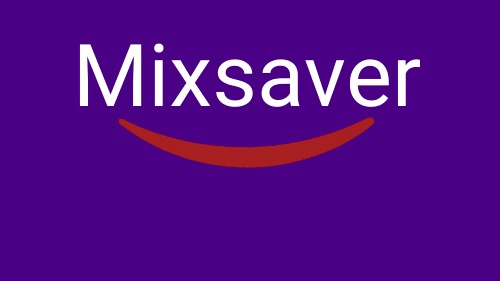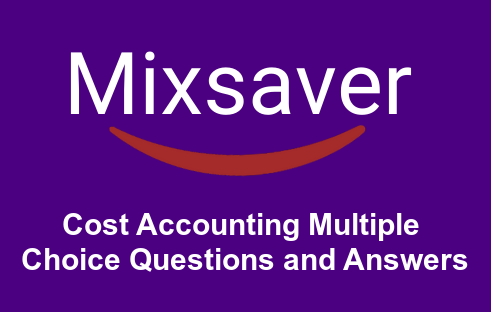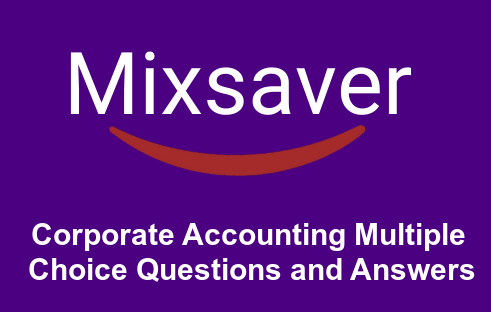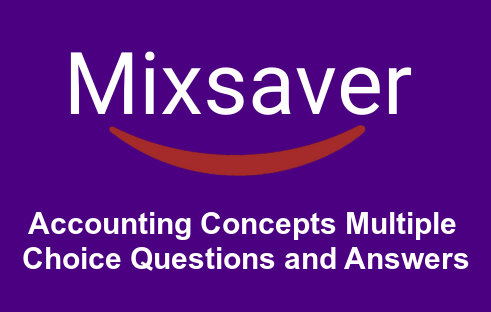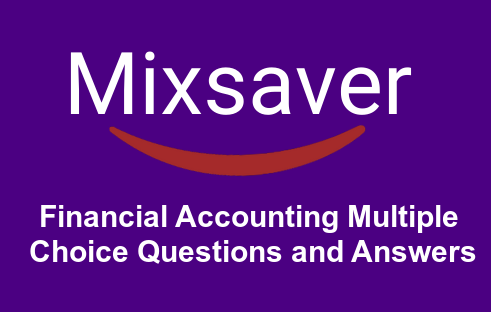1. What is BEP?
BEP- Break Event Point: It indicates no Loss and no Profit
The level of activity at which, total revenues equal total costs.
A point at which there is no profit and no loss.
2. Describe some of the methods used to allocate support costs.
Headcount or number of pc's per cost centre.
3. What are variable costs?
Variable costs are those that are directly proportionate with the quantity of production and or directly associated with the service.
4. What is marginal cost?
The marginal cost of an additional unit of output is the cost of the additional inputs needed to produce that output. More formally, the marginal cost is the derivative of total production costs with respect to the level of output.
Marginal cost and average cost can differ greatly. For example, suppose it costs $1000 to produce 100 units and $1020 to produce 101 units. The average cost per unit is $10, but the marginal cost of the 101st unit is $20
The Econ Model applications Perfect Competition and Monopoly emphasize the roles of average cost and marginal cost curves. The short movie Derive a Supply Curve (40 seconds) shows an excerpt from the Perfect Competition presentation that derives a supply curve from profit maximizing behavior and a marginal cost curve.
5. Explain cost sheet?
Cost sheet is a statement of cost for a product for given period of time.
6. What is the difference between cost accounting and financial accounting?
One of the basic differences cost accounting is helpfully in controlling the cost of production whereas financial accounting is concerned is helpfully in determining financial position of a concern .
7. What are fixed costs?
The costs that are fixed irrespective of production are fixed costs. EX: Rent, Depreciation
Fix cost is those cost who not change in any time whether the production done or not it similar charge in every organization ex- salary of labor, supervisor factory rent insurance etc.
8. What is chargeback?
A process in the industry where a wholesaler requests an amount that is the difference between the manufacturer's price to the wholesaler and the contract price to the resale customer.
The actual chargeback occurs when the wholesaler sells the manufacturer's product at contract price that is below wholesaler acquisition cost (WAC).
Especially evident in pharmaceutical industry.
In electronic commerce, a charge back is a reversal of a credit card transaction, which is usually initiated by the card issuer as requested by the cardholder. It may also be requested by the merchant. Charge backs usually occur due to fraudulent activity on the card (real or perceived), due to customer disputes, or from other authorization issues.
9. What is CMMI?
Capability Maturity Model Integration (CMMI) is a process improvement approach that provides organizations with the essential elements of effective processes.
It can be used to guide process improvement across a project, a division, or an entire organization. CMMI helps integrate traditionally separate organizational functions, set process improvement goals and priorities, provide guidance for quality processes, and provide a point of reference for appraising current processes.
10. What is CMM?
CMM is an internationally recognized standard for measuring the maturity of an organization's software development processes and has become the primary benchmark multinational corporations use to judge IT service providers ' abilities to deliver high quality software. Bleum is now one of only a few companies in China to be assessed SEI CMM Level 5.
The Capability Maturity Model (CMM) was developed under the guidance of the Software Engineering Institute (SEI) of Carnegie Mellon University in the U.S. It is organized into five maturity levels with SEI CMM Level 5 being the highest. By operating at this high a CMM level, customers ' benefit from Bleum's ability to consistently deliver high quality software on schedule, which ultimately results in a lower total cost of software ownership due to less rework and easier maintenance.
11. Explain the information about cost sheets?
Cost sheet consists of the direct and indirect expenses incurred in producing a given product and classifying the expenses incurred according to office, administration, selling and distribution overheads.
12. What is the marginal cost?
Marginal Cost (MC):
The marginal cost of an additional unit of output is the cost of the additional inputs needed to produce that output. More formally, the marginal cost is the derivative of total production costs with respect to the level of output.
Marginal cost and average cost can differ greatly. For example, suppose it costs $1000 to produce 100 units and $1020 to produce 101 units. The average cost per unit is $10, but the marginal cost of the 101st unit is $20
The EconModel applications Perfect Competition and Monopoly emphasize the roles of average cost and marginal cost curves. The short movie Derive a Supply Curve (40 seconds) shows an excerpt from the Perfect Competition presentation that derives a supply curve from profit maximizing behavior and a marginal cost curve.
13. Explain some of the methods used to allocate support costs?
Headcount or number of pc's per cost center.
14. What is the difference between Expenses and Expenditure?
The difference between expenses and expenditure. Expense is the outflow from a profit oriented organization while expenditure is the outflow from non-profit organization.
15. Tell me about your experience in cost accounting?
Referring any books or questions wont give any experience, here experience, i think means, the level or the grade of Cost A/C works done etc.
16. Wat is BEP in Cost Accounting?
The level of activity at which total revenues equal total costs.
A point at which there is no profit and no loss.
17. What are the variable costs?
Variable costs are those that are directly proportionate with the quantity of production and or directly associated with the service.
Variable costs are the costs that change depending on how many products you sell or how many services you provide.
18. What is the cost sheet?
Cost sheet is a statement of cost for a product for given period of time.
19. What is difference between cost accounting and financial accounting?
The difference between "cost accounting" and "financial accounting are terms refer to the accounting techniques used internally by a company's management to determine the costs of running the business and help in decision making. For example, reports that compare budgeted to actual expenses are commonly used to monitor the successful management of a specific department or store within a larger enterprise.
20. What is Cost Accounting?
This can be described as the process of accumulating, measuring, analyzing, interpreting and reporting cost information that is both useful and relevant to the internal and external stakeholders of a business entity. External stakeholders are those who have a vested financial interest in a business or company. For example banks (loans), financial houses (mortgages), investors (investments), etc. Internal stakeholders are the business or company directors, managers, division heads, etc.
One of the many benefits of cost accounting is that it turns data into information, knowledge and wisdom about a business entity?s operations that is useful for:
? measuring performance
? reducing or managing costs
? determining the fees or prices for goods and services
? deciding to authorize, modify or discontinue a program or activity
